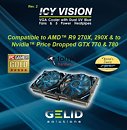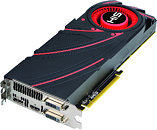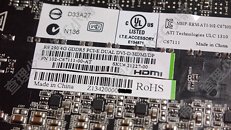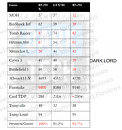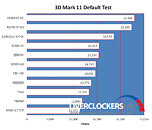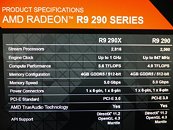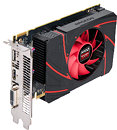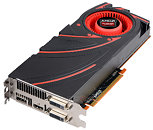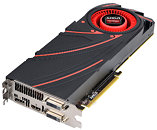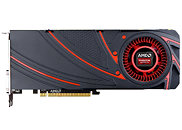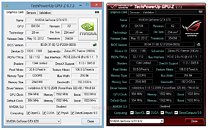
MSI Announces the Radeon R9 290
MSI is pleased to announce that the new AMD R9 290 is available now for gamers shift away from the mainstream Full HD resolution and enter the work of 4K/UltraHD! Built on the refined Graphics Core Next (GCN) Architeture, featuring more advanced PowerTune power management, improved display connection flexibility and most importantly enthusiast-level gaming performance. Additionally, the new AMD R9 290 supports the latest industry standards such as Windows 8.1, DirectX11.2, OpenGL 4.3, OpenCL 1.2 and the new Mantle interface which leverages the next-gen console technology and Radeon Graphics. UltraHD or "4K" (4Kx2K resolution) is also supported over both DisplayPort and HDMI and supports up to six independent concurrent displays.
The new Hawaii Pro GPU powering the R9 290 runs at speeds up to 948 MHz and is packed with 4 GB of high speed GDDR5 to power your games running at the highest resolutions and with maximum detail settings. AMD's PowerTune technology controls Thermals, Power and Performance to maximize performance and minimize power consumption.
The new Hawaii Pro GPU powering the R9 290 runs at speeds up to 948 MHz and is packed with 4 GB of high speed GDDR5 to power your games running at the highest resolutions and with maximum detail settings. AMD's PowerTune technology controls Thermals, Power and Performance to maximize performance and minimize power consumption.












